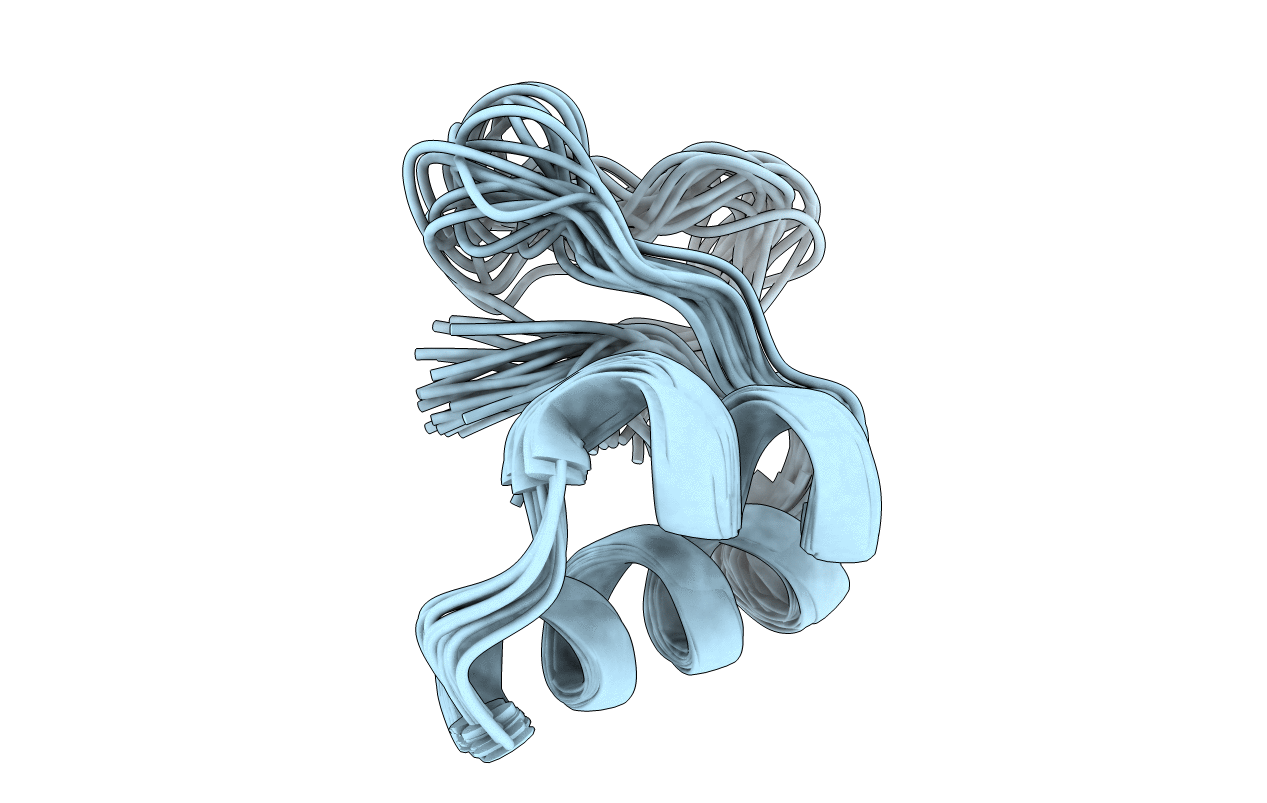
Deposition Date
2001-07-19
Release Date
2003-11-11
Last Version Date
2024-10-30
Method Details:
Experimental Method:
Conformers Calculated:
40
Conformers Submitted:
20
Selection Criteria:
back calculated data agree with experimental NOESY spectrum, structures with acceptable covalent geometry, structures with favorable non-bond energy


